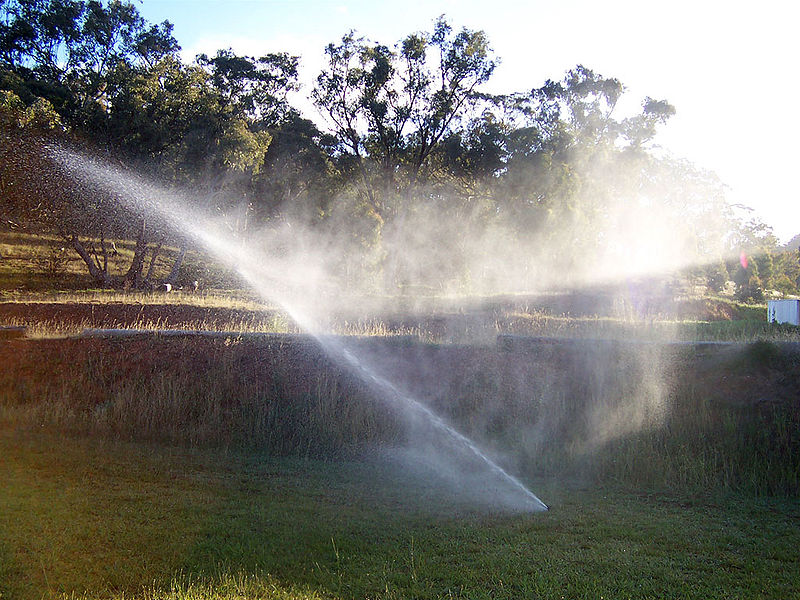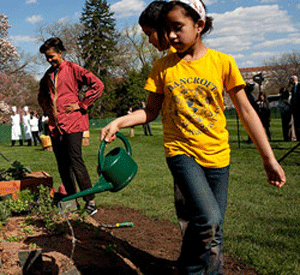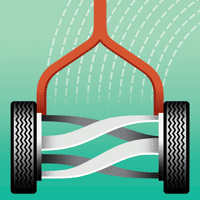
Photo courtesy Wikimedia Commons
The turfgrass in lawns may be hard-working photosynthesizing plants that store our harmful CO2 emissions in the form of organic carbon in the soil. But the way we tend lawns actually creates four times more emissions than the grasses sequester.
This according to a new study (pdf) of southern California lawns in Geophysical Research Letters. The problems stem from using fertilizers, gasoline-powered lawn mowers, leaf blowers, and all the other living hells of modern lawn management.
Lawn emissions also includes nitrous oxide released from soil after fertilization. Nitrous oxide is 300 times more potent a greenhouse gas than CO2.
Worse, partly as a result of the unexamined rush to “green” urban spaces, we’ve now covered 1.9 percent of all the land in the contiguous US with lawns.
Worst, lawns are the most common irrigated crop in our irrigated country.
The researchers analyzed grass in four parks near Irvine, California, each with two types of turf: ornamental lawns (picnic areas), left largely undisturbed; athletic fields (soccer and baseball), trampled, replanted, and aerated frequently. Findings:
- Ornamental lawns offset only 10 to 30 percent of the nitrous oxide emissions from fertilization offset, plus fossil fuel consumption from mowers and whatnot released four times more CO2 than the plots could take up.
- Athletic fields performed even worse, since wear and tear continually disrupted the grasses’ efforts, and because they needed constant tilling and resodding, therefore trapping way less CO2 than ornamental lawns yet requiring the same emissions-producing care.
I’ve always hated lawns. Talk about a time-and-energy suck. Now a climate suck too.















